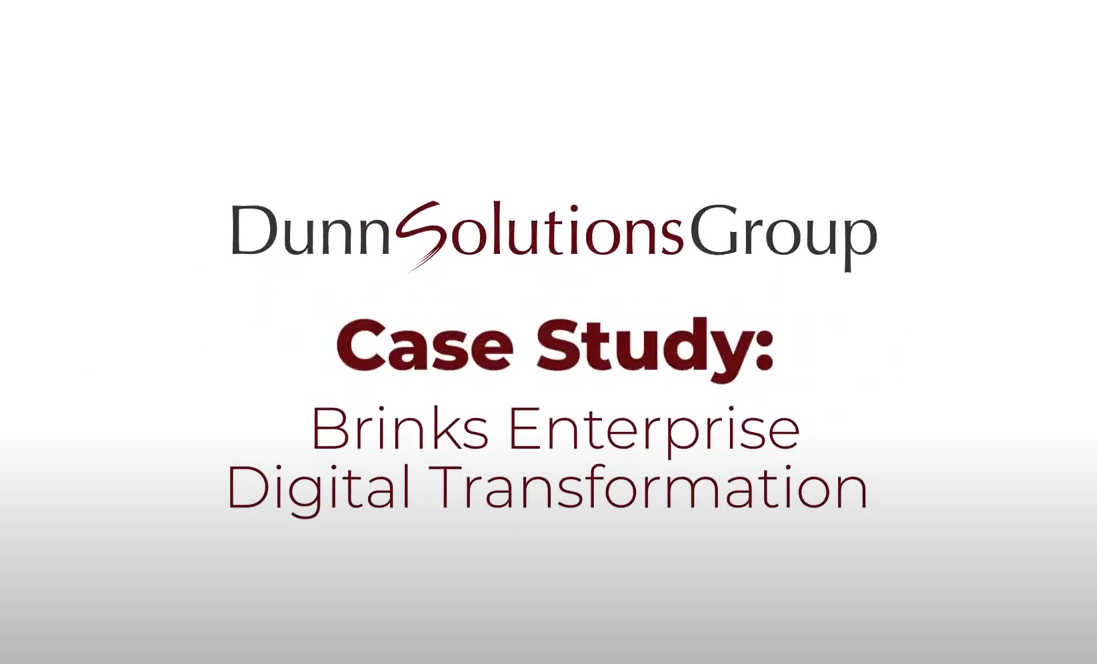1) Outline the basic structure of Organizational Management
2) Outline the integration between OM and other components
3) Set up a multiple reporting structure using a matrix organization
4) Process organizational changes using Manager's Desktop and Manager's Self-Service
5) Create relationships for a new object and ensure it is correctly linked to the organizational structure
6) Set up and verify an organizational structure configuration
Application Consultant
Data Consultant / Manager
Business Process Owner / Team Lead / Power User
- Essential
- HR050 Business Processes in Human Capital Management or HR050E E- Learning version of Business Processes in Human Capital Management
- Recommended
- HR305 Configuration of Master Data or HR30E E-Learning version of Configuraiton of Maser
- 1) Organizational Management Structures
- a) Outlining Organizational Management (OM) Basics
- 2) Organizational Management Concepts
- a) Outlining Organizational Management Concepts
- b) Finding Object Relationships
- c) Planning Options in Organizational Management
- 3) Organization and Staffing Framework
- a) Identifying the Organizational Plan
- b) Updating the Organizational Structure
- 4) Expert Mode in Organizational Management
- a) Maintaining Infotypes
- 5) Simple Maintenance in Organizational Management
- a) Maintaining Organizational Plans Using Simple Maintenance
- 6) General Structures and Matrix Organizations
- a) Maintaining General Structures
- b) Maintaining Matrix Organizations
- 7) Integration in Organizational Management
- a) Setting Up Integration Switches
- b) Loading OM Files
- 8) Self-Services in Organizational Management
- a) Updating Information Using Manager's Desktop (MDT)
- b) Updating Information Using Manager Self-Service (MSS)
- 9) Data Model Enhancements in Organizational Management
- a) Outlining the OM Data Model
- b) Modifying the Data Model
- c) Creating Relationships
- d) Creating Evaluation Paths
- 10) Hierarchy Framework in Organizational Management
- a) Customizing the Hierarchy Framework of the Organization and Staffing interface
- b) Defining Search Nodes
- c) Outlining Column Groups
- d) Customizing the Structural Overview
- 11) Evaluations and Reports in Organizational Management
- a) Describing Structural Reports
- b) Executing Standard Delivered Reports
- 12) Case Study Organizational Structure Setup
- a) Setting Up an Organizational Structure
Course based on software release: SAP ERP 6.07
Course notes and announcements:
1) Your Organizational Management data model is the foundation for position management, approvals, authorizations, MSS views and reporting. Correctly depicting your organizational structure ensures optimal performance of all related business processes.
This is a SAP CERTIFIED Course. Your course will include Full Class Delivery of the comprehensive standard SAP curriculum agendas, SAP Certified Instructor, Demonstration and Presentation, Student Hands on exercises, Access to SAP Hosted servers/training environment, and SAP Certified participant guides.
With virtual live classroom training you get comprehensive training from SAP experts using seamless over-the Web connectivity. The same content delivered in SAP's traditional "brick and mortar" classrooms is presented during virtual live classroom deliveries. As in SAP's traditional classrooms, SAP virtual live classroom stresses hands-on learning providing each registered student with exclusive access to live SAP systems throughout each course. Each Virtual Live class is taught by a SAP Certified Instructor and will include an e-book student guide for you to download and keep. CPE Credits are currently available only for publicly scheduled courses delivered live at SAP locations and our Authorized Education Partner locations. CPE Credits are not available for virtual live classroom sessions.
Not finding any suitable dates? Contact us for additional available dates: training@dunnsolutions.com



